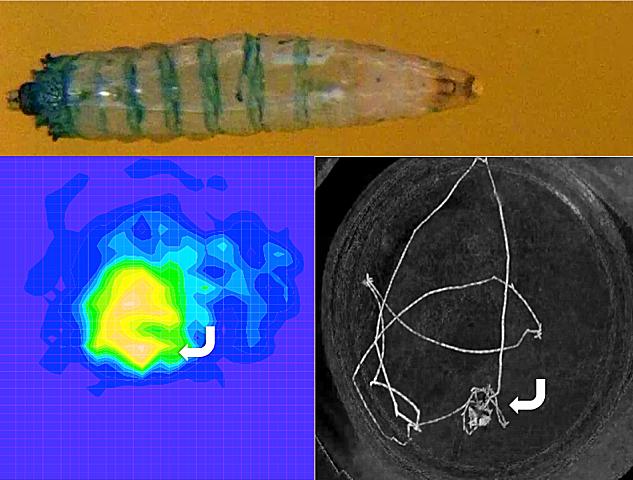Vision may be less important to “seeing” than is the brain’s
ability to process points of light into complex images, according to a new
study of the fruit fly visual system currently published in the online journal
Nature Communications.
University of Virginia researchers have found that the very
simple eyes of fruit fly larvae, with only 24 total photoreceptors (the human
eye contains more than 125 million), provide just enough light or visual input
to allow the animal’s relatively large brain to assemble that input into
images.
“It blows open how we think about vision,” said Barry
Condron, a neurobiologist in U.Va.’s College of Arts & Sciences, who
oversaw the study. “This tells us that visual input may not be as important to
sight as the brain working behind it. In this case, the brain apparently is
able to compensate for the minimal visual input.”

